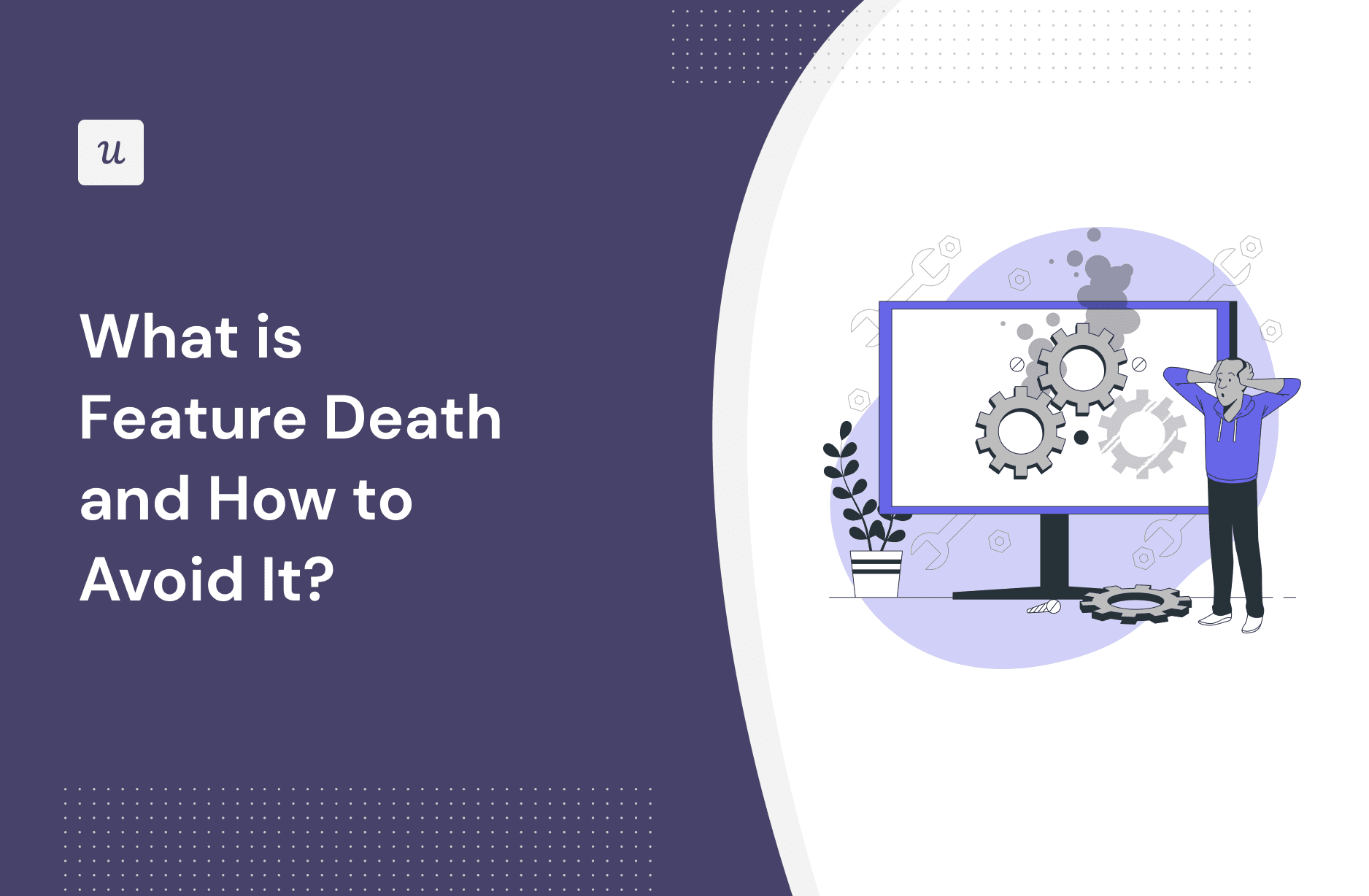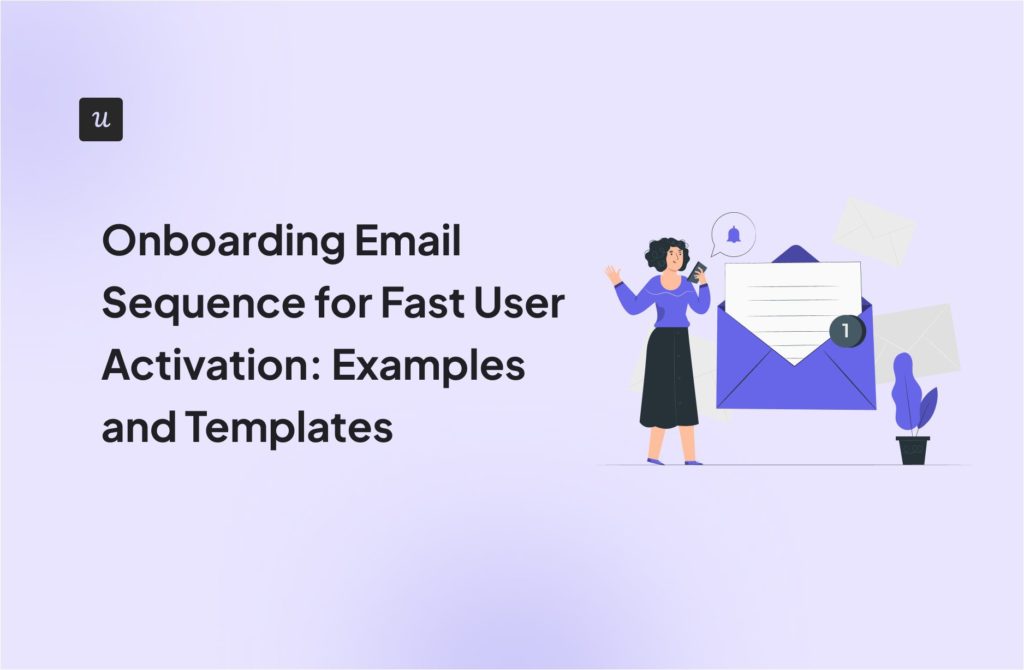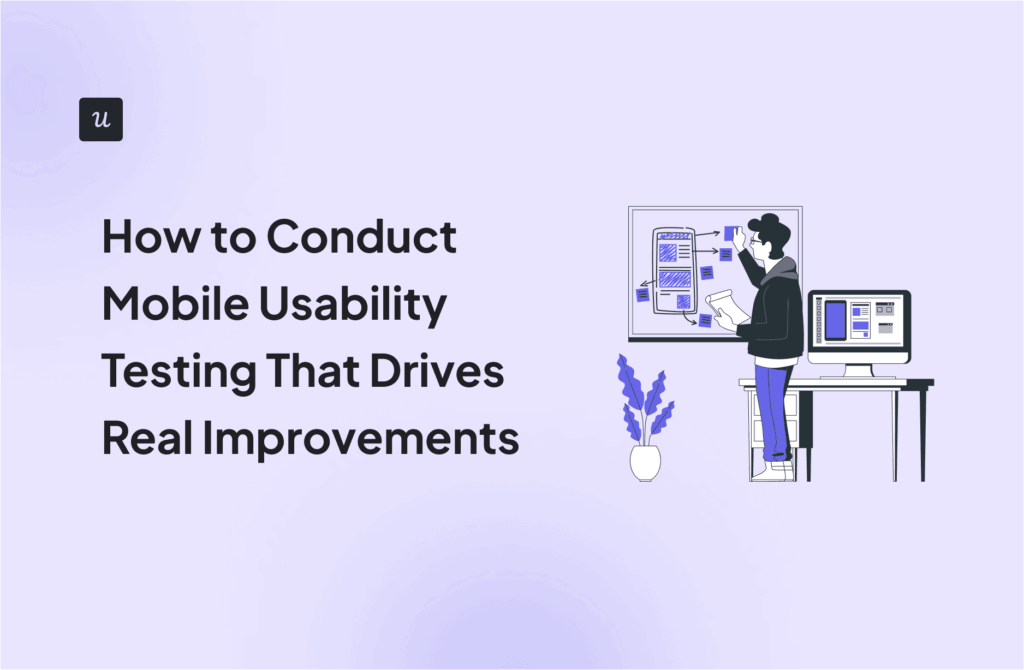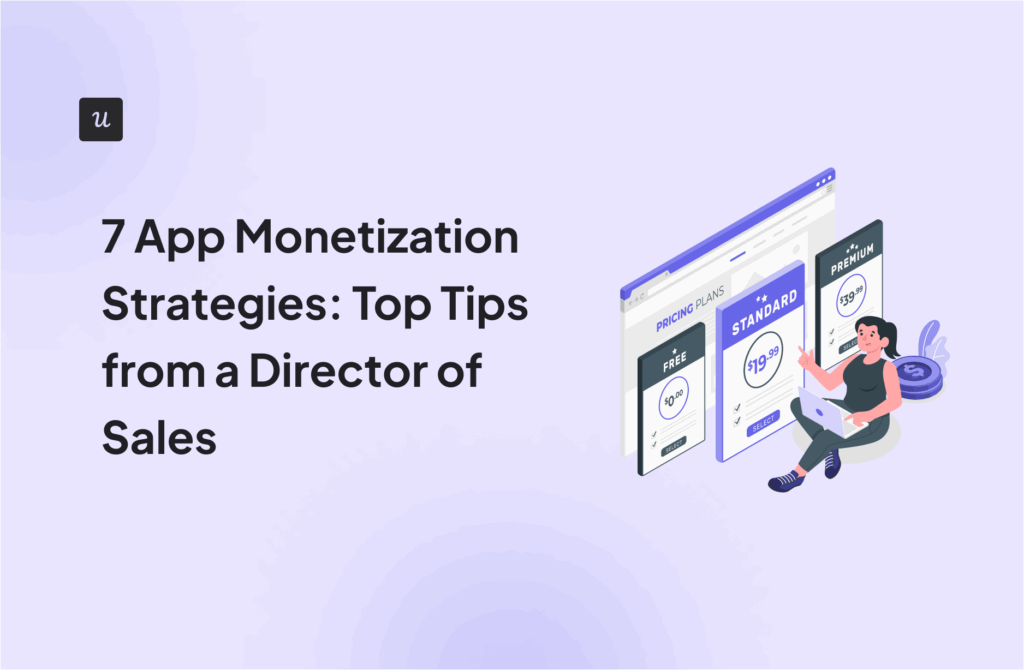
Why are you experiencing feature death despite the amazing features of your product? Why is your product still struggling to gain traction despite listening to your customers?
As a product manager, it can be frustrating at the initial stage of a product launch when things are not quite working despite your best efforts to improve and add more features. While it is your responsibility to address the needs of your customers, taking this too far can land you in a product death cycle.
This article discusses what feature death is, how it can lead to the dreaded product death cycle, and how you can avoid falling into the cycle.
Get The Insights!
The fastest way to learn about Product Growth, Management & Trends.
Feature death (Key Takeaways)
- Feature death is a phenomenon that occurs when features are built based on customer feedback but still receive low usage.
- Feature death happens when product decisions are based on a biased niche of users, features are added without customer research, and features are added to solve customer retention problems.
- To avoid falling into the product death cycle, implement only requests that are in line with your product vision.
- Use fake door testing to gather data and insights before building new features.
- Focus on encouraging product adoption of existing features to maximize value.
- Collect feedback from users on features before making improvements.
- Use product metrics to identify unused features.
- Book a demo to enhance your product marketing and prevent feature death.
What is feature death?
Product feature death is a phenomenon where the excitement and usage of a feature only lasts for a short while after its launch, and then diminishes over time.
It can lead to a cycle where a product development team becomes reactive: they ask customers what improvements they desire and build features based on the feedback, yet no one uses the product.
Why does feature death happen?
- Basing product decisions on a biased niche of end-users: The current users of your product may not be a representative and unbiased sample. Their feedback may be skewed and not reflective of the larger market who have never experienced your product.
- Being completely user-led: Asking your current customers what improvements you can make to enhance their experience is not a good idea. This is because users do not always know what they want or may be unable to translate their needs into a feature that offers value.
- Thinking adding more features will solve your retention problem: It is common to assume that simply adding more features to a product will somehow attract loads of people to your product. The root cause may be poor positioning, bad marketing, a lack of product vision, or even poor pricing. There are many reasons why your product may not be working.
- Adding features without performing customer research: Customers can help you identify design problems, but it is your job as a product manager to research and design solutions. Research your target market, brainstorm potential solutions with engineers and designers, and conduct regular customer interviews. This can help you build solution-driven ideas.
How do we avoid falling into the product death cycle?
While you may have the right intentions when building new features, avoiding the product death cycle takes more than good intentions.
Let us explore five strategies that can help you avoid being a victim of feature death.
Implement only the feature requests that are in line with your product vision
You can easily fall into the feature death trap if you let your customers design your products. While feature requests can help you with ideas to improve your product and satisfy the needs of your users, they can also lead you astray.
Focus on implementing only requests that align with the vision and strategy of your company. Encourage a deep understanding of these requests so that the ones that do not align can be quickly eliminated. For instance, if your company plans to move upmarket, it makes sense to prioritize requests that let you do so.

Use fake door testing before building new features
Fake door testing is a technique used to gather insights that help SaaS companies assess a feature’s market demand before investing resources into developing it. It is a great way to validate a new feature idea and refine your pricing strategy before its launch.

Fake door tests direct users to a landing page for a feature that does not yet exist. If the click-through rate is high, it is a green light to move to the next stage.
Make sure to notify users that the feature is not ready yet.

Focus on driving product adoption of existing features
Feature adoption is critical to the adoption of the whole product. Encourage users to adopt and master existing features to maximize the value they get from the whole product instead of hoping new features will bring additional value.
To achieve this, use interactive walkthroughs to hand-hold users step by step to help them adopt the feature. If you have a new product, add new features only when your customers have adopted key features.

Collect feedback on features and improve
Use feedback surveys and targeted in-app surveys to collect feedback from users who use and know your product.
Getting honest feedback from users who are invested in the growth and success of your app can help you identify usability, functionality, or design problems and fix them to enhance the feature before users completely abandon it.

Track product usage to identify unused features
It costs resources to keep a feature running. If the maintenance cost of a feature is high and the usage is low, you are losing money. Product usage metrics help you track how users are navigating your product and its features.
It can help you determine whether your application is underutilized or if any features require removal. While monitoring engagement, try to understand if users only use the feature sporadically or if it is a part of their jobs to be done. It is, of course, important to remember that not every feature is meant for everyday use.
So, you need to make a decision. If the feature is essential to their use case, create an adoption strategy. On the other hand, sunset the features if they do not bring value to users.

Conclusion
The product death cycle is quite tricky. Despite your best intentions, you can get stuck. All the companies in the product death cycle think they are doing the right things. Still, you need to keep in mind that it takes more than good intentions to get things on track.
Ultimately, the solutions you seek should be tailored to the root cause of the feature death. Book a demo to find out how you can break out of the cycle and have your redemption arc.







